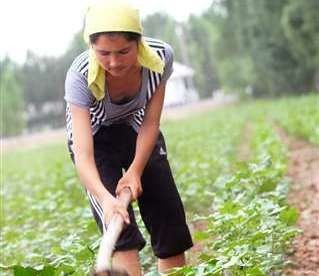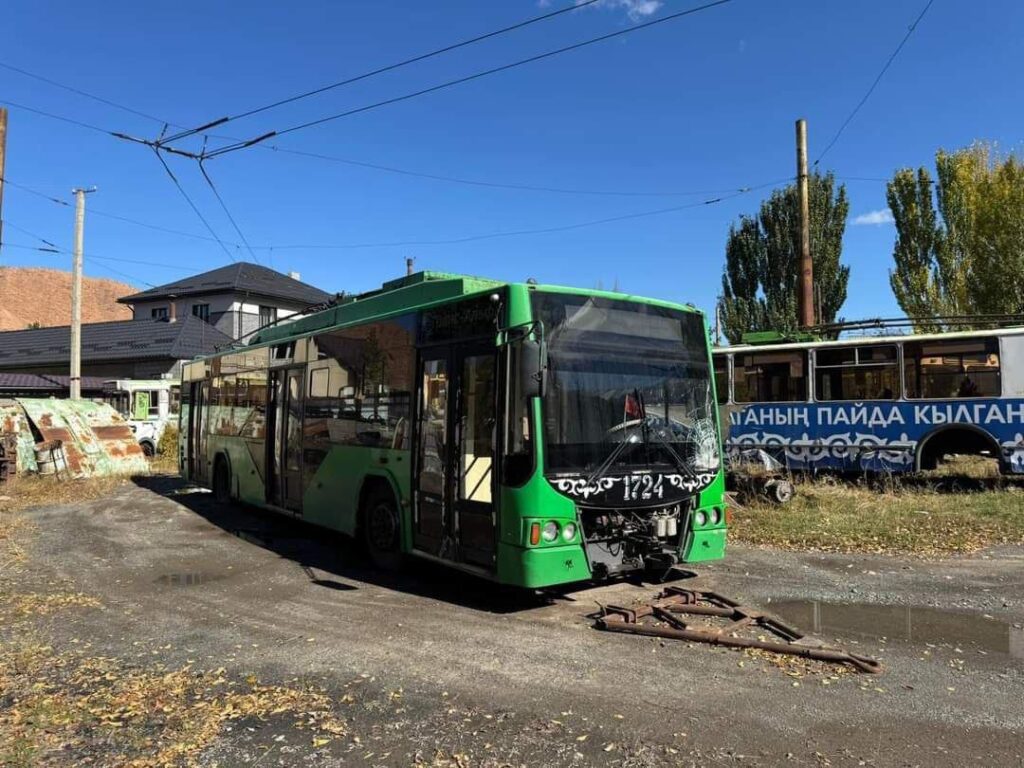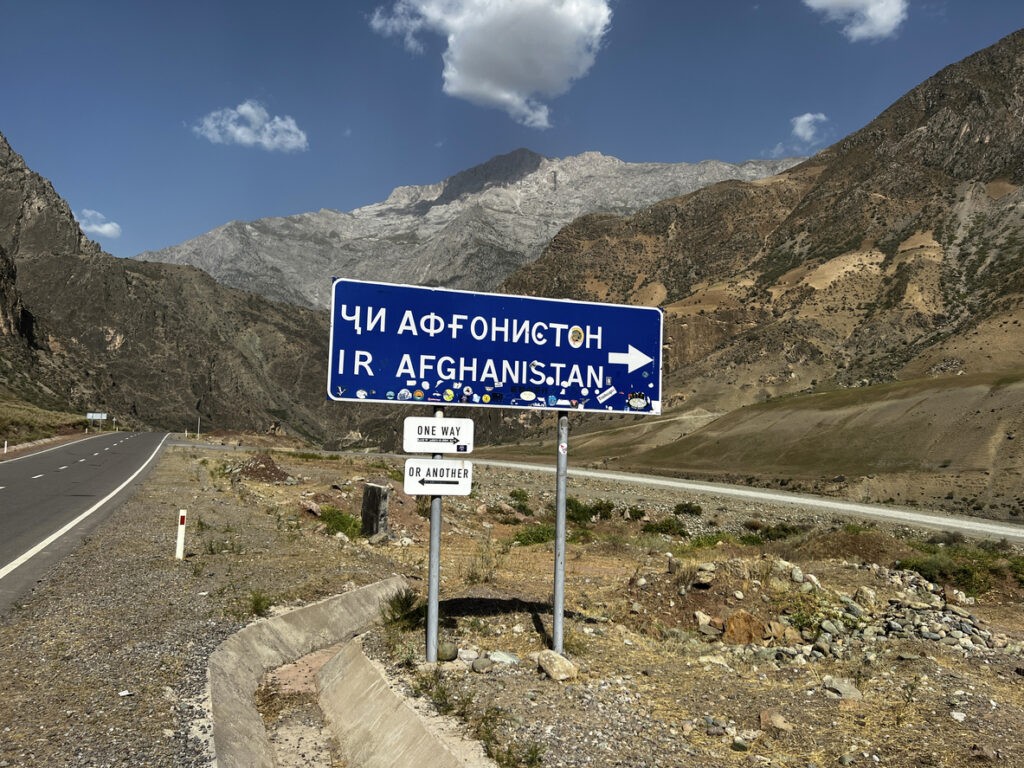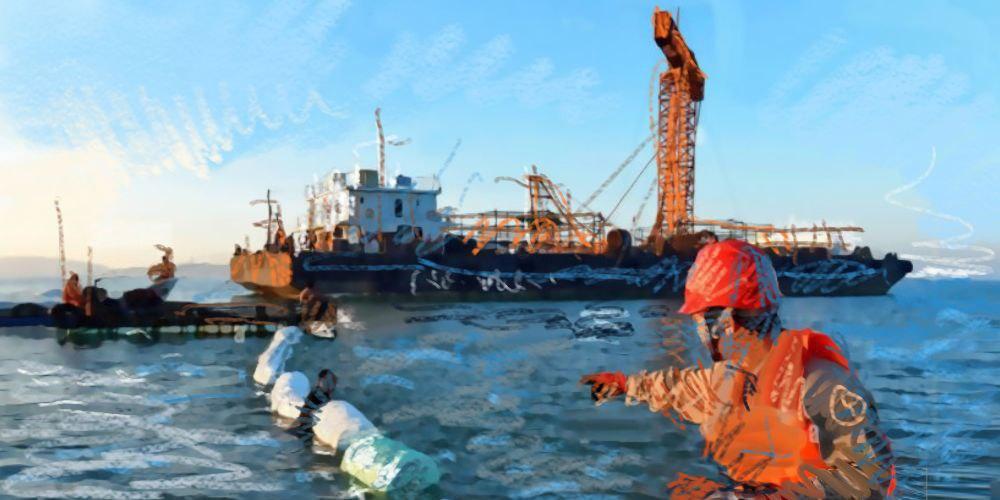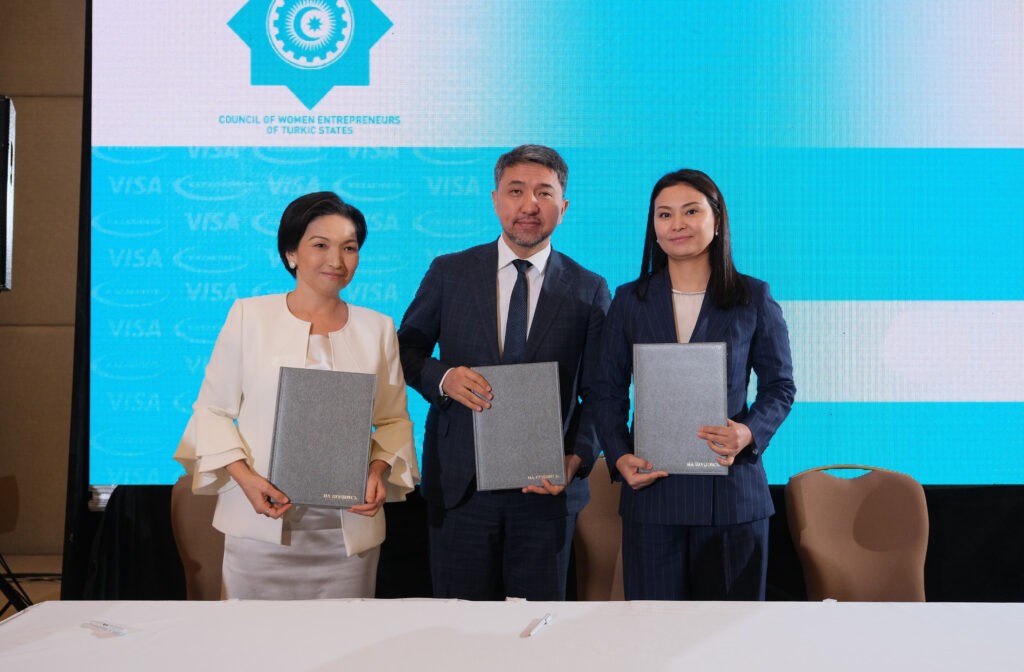BISHKEK (TCA) — How attractive is Central Asia’s agro-sector for investors looking at long-term, sustainable opportunities? Now that hydrocarbons are out of vogue, investors in the region, led by China, are looking seriously at farming as an alternative to make more money out of money. And the best places to do it seem to be the most unlikely looking countries, namely Turkmenistan and Tajikistan. With China expected to cool down on its frantic capital-spending abroad, there is room for other players to join in.
Turkmenistan’s success story
Turkmenistan is the only country in Central Asia which has proven able to shake off its grain deficiency burden of late. Since 2011, the Turkmens are not just self-sufficient in supplying its bakeries and cattle food storages, but are even exporting wheat of good quality at levels oscillating around a quarter million tonne each year. For this year, the grain harvest target has been set at 1.6 million tonne, a 200,000-tonne on-year increase. By late June this year, over a million tonne had already been harvested.
And there is room for further growth. Arable land in use in Turkmenistan this year amounts to 760,000 hectare, and can be expected to increase to a million before the end of the decade, mainly thanks to state-of-the-art irrigation along the Amu Darya river, Turkmenistan’s main freshwater resource. Farmers’ family incomes are therefore better than in other Central Asian countries, which improves the overall social climate – something investors like to see as opposed to threats such as locusts, drought and security risks.
Equipment such as combine harvesters, vehicles, as well as elevators and granaries is available on lease through state-run enterprises. Most equipment comes from Belarus, which is the former USSR’s largest and most advanced manufacturer of agricultural tools. To secure supplies and maintenance, a bilateral agreement between the Turkmen and Belarussian governments was signed last year. The availability of efficient equipment enabled farmers to start planting winter crops as early as mid-August. A month later, crops on nearly half of the 760,000 hectare of farmland under cultivation had been planted.
Tajikistan: glimpses of hope in a poor environment
With Uzbekistan’s agro-sector stagnating, the poorest country in Central Asia after Afghanistan curiously offers limited but better perspectives thanks to significantly improving performance. As of July 7 this year, Tajikistan had already harvested 386,700 tonne of grain, an increase of 90,900 tonne from the same date in 2015, the Ministry of Agriculture reported. The harvest area in the country totals 311,200 hectare – on a surface of 142,550 square kilometre of which 7 per cent is considered arable at best. The ministry also noted that in the first quarter of 2016 Tajikistan imported 204,800 tonne of wheat (up 18.1 per cent year-on-year) – mainly supplied from Kazakhstan.
Like in the rest of Central Asia, Tajik farming goes beyond just food. According to the Ministry of Agriculture, about 180,000 hectares were planted with cotton this year, and the harvest can be expected to amount to 400,000 tonne, slightly up from last year’s 390,000. Unlike its neighbours to the west, Tajikistan has almost unlimited freshwater resources to maintain one of the world’s “thirstiest” crops.
Despite persistent grain deficiencies, improvement can also be spotted there. “This year, Tajikistan has increased the sowing areas of leguminous and cereal crops by 13 per cent,” a report posted by the regional newsreel EastTime in May this year was to read. Also, the republic has expanded the acreage of other crops, such as corn and beans. The season 2016 can satisfy up to 80 percent of the domestic demand for rice. As for wheat, this year the country will be able to meet about 60 percent of the domestic demand. According to the forecast, the yield will be 1.35 million tons of grain, which significantly exceeds the previous year’s result. Also, in 2016, a good yield of potatoes and other vegetables is expected.
Threat of Chinese cash crunch
To sustain agro-development in Central Asia, all eyes are still fixed on China, which remains dependent on imports for about a quarter of its grain supplies. It has been thought by many that Peking’s regional policy was aiming at securing those supplies, but it now appears that this has been a misrepresentation of China’s true intentions. If you want to become an economic superpower, you avoid any leverage held by foreign suppliers such as those held by OPEC states in the case of oil supplies to the USA – until the arrival of the frackers, that is.
The big challenge for China is now to make its domestic output of food and beverages commodities and products meet domestic demand and if possible to exceed it – but not too much as this would make local producers over dependent on foreign sales. The fact that China still has far too much unused capital resources under the mattress has been helpful so far by keeping up the equilibrium to the benefit of countries like Kazakhstan.
But limits to that are now appearing on the horizon – and the governments of those countries had better keep in mind that foreign investments are no substitute for domestic efforts where it comes to keep farming attractive for farmers and consumers alike. Such worries have become acute since China’s investments are not as solid as many have thought till recently.
